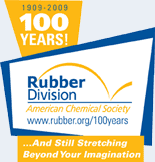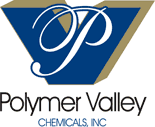![[ Visit ACS Rubber Website ]](images/logo.jpg) |
|
Centennial Elite SponsorsBecome a Centennial Elite Sponsor |
114 Morphology and rheology of non-reactive and reactive EPDM/PP blends in transient shear flow: plasticized vs. non-plasticized blendsWednesday, October 14, 2009: 2:00 PM
327 (David L. Lawrence Convention Center )
In this work, non-plasticized and plasticized EPDM/PP (ethylene propylene diene rubber/polypropylene) based thermoplastic elastomers (TPEs) were prepared using an internal mixer in the presence and absence of a curing system. Subsequently, single and multiple clockwise & counter-clockwise startup transient experiments have been performed to verify the effect of composition, plasticizer and the presence of the curing system on the rheological response and morphology evolution of these blends. Due to the highly elastic nature of the elastomeric component, a low shear rate of 0.1 s-1 and a relaxation time of 10 min between flow cycles were used. The complex morphological features (including the specific interfacial area) and the rheological responses of these blends have been analyzed. The presence of the plasticizer (paraffinic oil) drastically decreased the viscosity and elasticity of both polymers. On the other hand, the plasticization promoted the coalescence phenomenon enlarging the size of the polymeric domains and decreasing the specific interfacial area. In contrast, a highly elongated and stable fibrillar morphology was observed for the non-plasticized blends with high elastomer content. The presence of the curing system resulted in the cross-linking of the elastomeric component, and consequently an upward trend of the rheological properties was observed. Furthermore, the in-situ curing reaction resulted in less elongated polymeric domains, but of larger specific interfacial area as compared to the non-reactive counterpart, with an uneven interface between the polymeric components.
|









